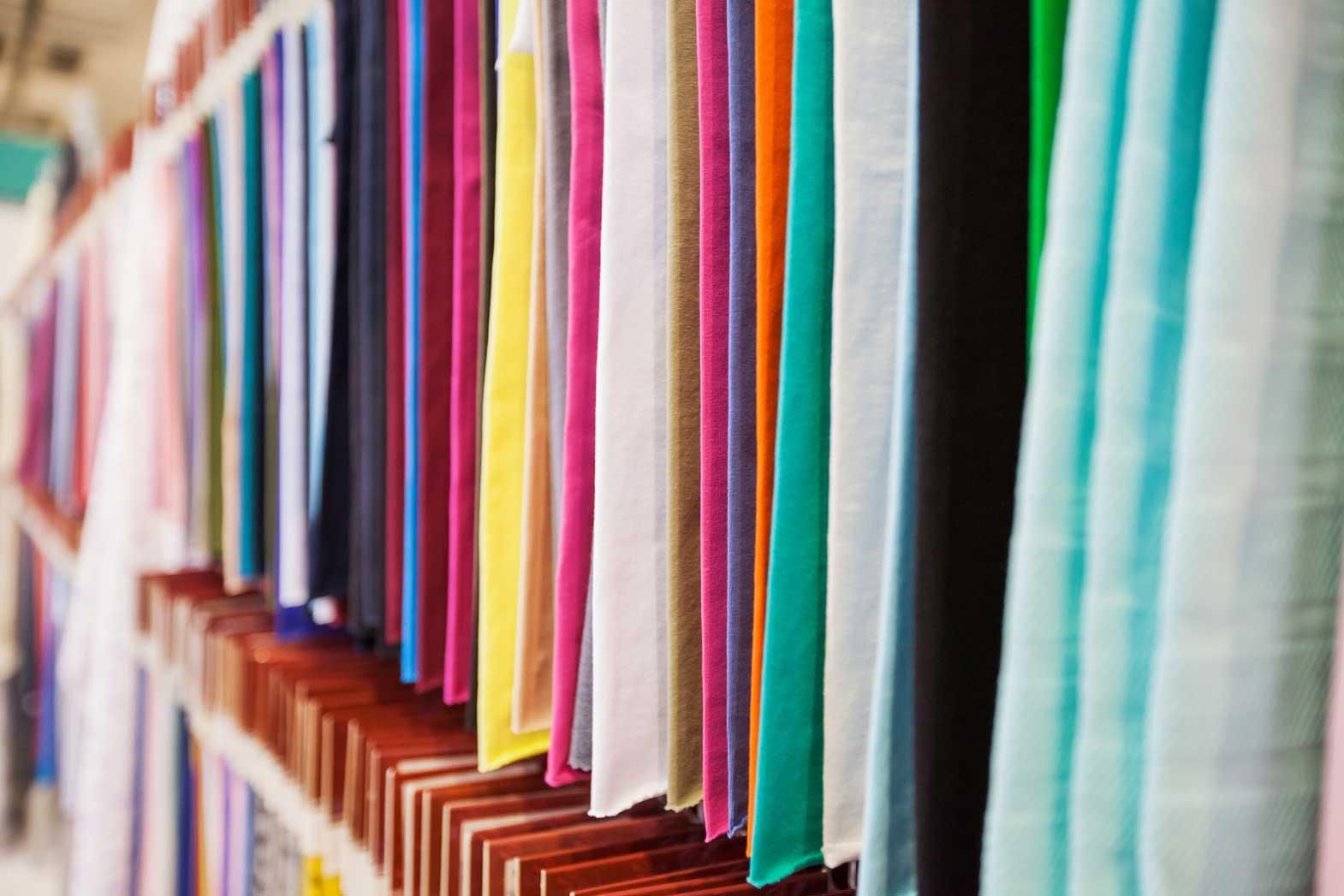The need for more flexible designs, pressure to reduce material costs, and the requirement for aesthetically pleasing and eco-friendly materials have made textiles an ideal option for construction. Fabrics made with aramid, carbon, and glass fibers, combined with the strength of composites, offer civil engineers and architects a new range of materials to work with, offering the advantage of reduced weight in building structures.
The use of textiles in architecture has a long history, with textiles having been used by nomadic cultures worldwide to build tents and shelters. Materials such as animal skins, barks, woven mats, canvas, and woolen fabrics were used to create shelters for both people and animals. Examples include tipis, yurts, and black tents made by Bedouins, all of which utilized textiles with high tensile strength in their construction, even in prehistoric times.
One of the earliest appearances of textiles in architectural construction is the Colosseum in Rome, which used lightweight textiles. In more recent history, royal courts used textiles to create weatherproof interiors and decorated exteriors for entertainment venues. Textile tents were also widely used for military purposes and in the construction of large circuses during the 18th and 19th centuries.
In the 20th century, the invention of new fibers, polymers, adhesives, and lamination techniques expanded the possibilities for textiles in architecture. This led to the creation of large spaces with complex patterns and improved functional fabrics. Textile fabrics such as Polyvinyl, Polytetrafluoroethylene, and Polyvinylidene fluoride have enhanced the durability and longevity of textile membranes. Structures made from such fabric membranes can last for 15 to 30 years. Additionally, textile fabrics provide various features, including UV protection, solar performance, weather protection, light translucency, self-cleaning properties
1. High tensile strength and high tear strength are the most primary requirements. Ability to withstand snow, rain, strong wind, and in case of bridges or walk ways weight are necessary for creating a structure with textiles.
2. Having high resistance to mechanical wear and low maintenance fabrics like EFTE and glass fibres, which have good buckling properties need to be used.
3. The exterior of fabrics need to be strong enough to hold UV radiations and mechanical wear and tear for a long period of time. Performing in the most extreme temperatures and climates is one quality that needs to be considered while using textiles for architecture.
4. Another important aspect is the properties of lighting that a fabric possesses. Light absorption, reflection, and transmission are few factors that need to be assessed to maintain illumination and energy related concerns in a structure. For example PFTE fibre glass coated fabrics reflect 70 percent of light while a transparent EFTE may reach 95 percent of transmission rate.
5. The colors and prints used on such textiles also affect the lighting and thermal properties of spaces they are used in. Hence a proper combination of everything needs to be considered.
6. Acoustic insulation and thermal balancing are extremely vital features while selecting a fabric for building textile architecture. Multi-layered structures that have air cavities between them for circulation are one way of monitoring the thermal energy in a structure.
7. Cleaning and maintenance of fabrics is lastly also necessary. Hence fabrics with anti-soiling and self-cleaning properties are preferable in such constructions.
Many smart and intelligent textiles have been incorporated in making textiles in architecture more interesting. Chromic materials that change colours like photochromic (in reaction to the intensity of light), thermochromic (in reaction to the intensity of temperature), and piezochromic (in reaction to pressure) are being used. Besides these, phase changing materials (PCM), conductive optical fibres, and even shape memory materials (SMM) are being developed to increase functionality and aesthetics of textiles used in structures.
References:
1. Dspace.cc.tut.fi
2. Architecturaltextiles.com.au
3. Architonic.com








Comments